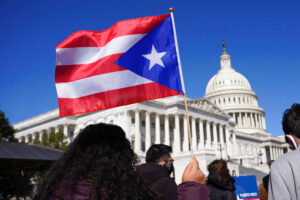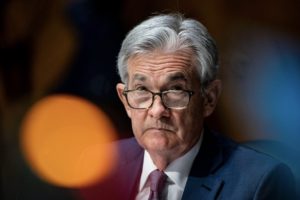“You know what’s weird? Day by day, nothing seems to change, but pretty soon… everything’s different” – Calvin and Hobbes.
Nothing seems to encapsulate Burma’s progress in these past few decades quite as well as this quote from Calvin and Hobbes. Just as recently as 2015, Fodor’s Guide rated Burma as the hottest location to visit. However, in 2018, Fodor’s Guide rated Burma as the worst country to go, alongside Congo and Nicaragua. Everything’s different, indeed. The Southeast Asian country is the latest country in the region to transition away from a dictatorship to a democracy. So far, progress has been made but remains scant.
The 2015 general elections in Burma were a historic first step in the country towards democracy. In these elections, the incumbent pro-democratic party won a supermajority of 86 percent of contested seats in combined upper and lower houses of the parliament. The upcoming 2020 elections will determine whether or not the nascent democracy can indeed survive its first trial by fire.
The leading party in Burma, National League for Democracy (NLD), emerged as a response to a fiery crackdown by the military dictatorship in 1988. Since then, the NLD has become the face of military resistance and democracy. The de facto leader of the party is Aung San Suu Kyi, daughter of the founding father of Burma. She led a nonviolent protest against the military, which then culminated into NLD. Hollywood even made a poorly written movie about her winning the Nobel Prize. Eventually, elections were held, and people were given a voice. The military stepped down in 2015, ending the 50-year dictatorship.
However, a lot has changed since 1990. Squabbles concerning accountability and transparency remain at the forefront of urban issues in the former NLD stronghold of Yangon, the economic capital of Burma, as the city tries to meet the demands of a growing population. Rural communities have been raising concerns on issues such as land rights and housing rights as foreign corporations venture in for fresh development. Unfortunately, Hollywood biopics do not often present hurdles of democracy.
2020 has not been kind to Burmese politics. Old ethnic and religious tensions emerged out of the power vacuum, throwing the previous status quo into disarray. As more mismanagement problems accumulate, questions concerning NLD’s competence get more vocal. After all, good activists do not always turn into good technocrats. There are issues concerning transparency and cronyism with intermixing politics, finance, and law by NLD and the former military cronies.
The latest (and most visceral) issue involves the rape of a toddler at her nursery in 2019. The officials were quick to jump into the scene but proved ill-equipped and incompetent to handle the issue. There were already signs of dissatisfaction in Burma before that incident. Widespread public discontent cost NLD votes in the 2018 by-elections.
Would this imply the popular return of the military government? Unlikely, as there is far too much transparency and private stake for military leaders to stage another coup. Rather, one could expect military-backed and ethnic-focused parties forming and trying to claw away at NLD. The most fitting comparison for current Burma would be post-USSR republics with oligarchs and friends in charge. The military-backed party, the Union Solidarity and Development Party, reserves exclusive rights to 25% of the seats in both houses when they relinquished power in 2015 in anticipation of their return.
For now, one can only wait and see how the 2020 election will turn out. But for now, at least one can say with certainty (and relief) that there is a nice respite from more Hollywood adaptations of Burmese politics.



